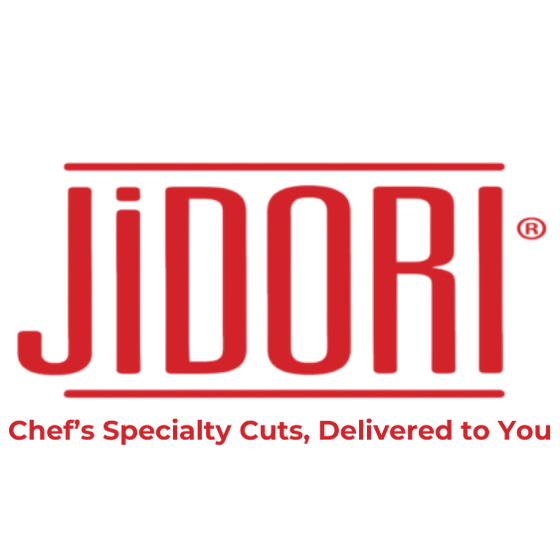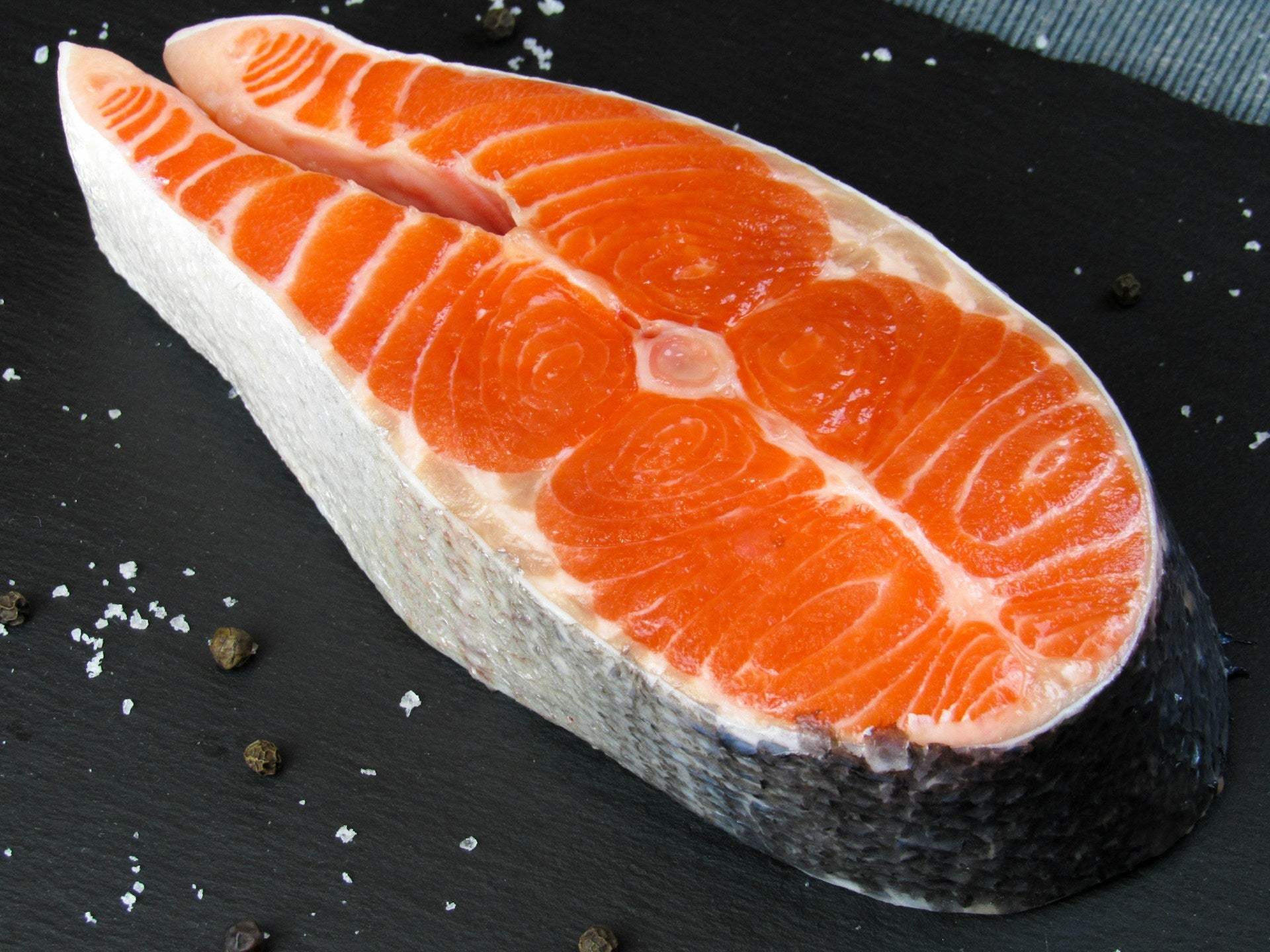In the continued search for healthy eating and delightful menu options, two protein sources consistently rise to the top: Chicken and Salmon. Both are healthy, incredibly versatile and widely consumed, but a closer look at their nutritional profiles reveals distinct advantages that can inform your menu planning and cooking choices.
A Head-to-Head on Protein

When it comes to sheer protein content, chicken, particularly the lean breast, often takes the lead. A 3.5-ounce (100-gram) serving of skinless chicken breast typically offers around 25-31 grams of high-quality protein. This makes it almost the perfect choice for those focused on muscle building, satiety, and weight management. Premium chicken breasts, known for their leanness and consistent texture, provide an excellent base for a myriad of dishes, from delicate pan-seared preparations to robust roasted creations.

Salmon, while still an excellent protein source, usually clocks in slightly lower in comparison to chicken breast. A 3.5-ounce (100-gram) serving of cooked salmon provides approximately 20-25 grams of protein. However, it's important to remember that protein content can vary slightly depending on the type of salmon (wild-caught often has slightly more protein than farmed) and the specific cut.
Both chicken and salmon are considered "complete proteins," meaning they contain all nine essential amino acids that our bodies cannot produce on their own (learn more). These amino acids are the building blocks for everything from muscle tissue and enzymes to hormones and antibodies, making both proteins invaluable for overall health.
The Nutritional Nuances
While protein is a major consideration, the true distinction between chicken and salmon lies in their fat and micronutrient profiles. This is where the "healthier" debate gets really interesting for people interested in optimizing their dishes for specific health goals.
Salmon: The Omega-3 Champion
Salmon shines brightest in its healthy fat content, specifically omega-3 fatty acids (EPA and DHA). These polyunsaturated fats are renowned for their profound health benefits, making salmon a nutritional superstar. A 3.5-ounce serving can provide a significant amount of these beneficial fats, which are crucial for:
-
Heart Health: Omega-3s help reduce inflammation, lower triglyceride levels, and may reduce the risk of heart disease and arrhythmias. In crafting a heart-healthy menu, salmon is an indispensable ingredient.
-
Brain Function: These fatty acids are vital for cognitive health, memory, and may play a role in reducing the risk of neurodegenerative diseases.
-
Anti-Inflammatory Properties: Omega-3s help to combat chronic inflammation throughout the body, benefiting joint health and overall well-being.
-
Vitamin D: Salmon is one of the few natural food sources of Vitamin D, a crucial nutrient for bone health, immune function, and mood regulation.
-
Selenium: This trace mineral, abundant in salmon, acts as a powerful antioxidant, supporting immune health and thyroid function.
-
B Vitamins: Salmon is also a good source of various B vitamins, particularly B12, which is essential for energy metabolism and nerve function.
-
(see the source)
Chicken: The Lean and Versatile Staple
While typically lower in omega-3s, chicken brings its own impressive array of health benefits to the table, particularly for those seeking lean protein and specific micronutrients:
-
Lean Protein Source: Chicken breast is exceptionally lean, with minimal saturated fat, making it an excellent choice for calorie-conscious diets and those looking to manage fat intake. Even darker cuts like thighs, while having a slightly higher fat content, still offer a favorable lean protein profile compared to many red meats.
-
B Vitamins: Chicken is rich in various B vitamins, including Niacin (B3), B6, and B12. These are essential for energy production, maintaining a healthy nervous system, and red blood cell formation.
-
Minerals: It provides important minerals like phosphorus, crucial for strong bones and teeth, and selenium, which, like in salmon, contributes to antioxidant defense.
-
Versatility: Beyond its nutritional benefits, chicken's mild flavor and adaptable texture make it incredibly versatile in the kitchen. It readily absorbs marinades and spices, lending itself to a vast range of culinary techniques and global cuisines.
-
(see the source)
Chicken Breast vs Salmon: the Verdict
So, which is healthier? As professional chefs and home cooks understand, the answer is rarely black and white. Both salmon and chicken are incredibly nutritious and can contribute significantly to a healthy diet. The "healthier" choice ultimately depends on your specific dietary goals, culinary applications, and individual needs.
-
For maximum lean protein and lower fat content: Chicken breast is the clear winner. It's ideal for those focused on muscle growth, weight loss, or simply minimizing fat intake.
-
For a boost of heart-healthy nutrition: Salmon is the superior choice. Its unique nutritional profile makes it invaluable for cardiovascular and cognitive health.
-
For a well-rounded diet: Incorporating both salmon and chicken into your rotation is undoubtedly the best strategy. This allows you to reap the diverse benefits each protein offers, providing a wider spectrum of essential nutrients.
-
Versatility: chicken, especially breast meat, is by far the more versatile protein option, taking on a wide range of flavors and cooking methods.

At Jidori chicken, we advocate for the thoughtful selection of healthy ingredients. By understanding the distinct nutritional advantages of both our high-quality chicken and other wholesome proteins, like beef and pork (read our chicken vs pork comparison), you can craft meals that are not only delicious but also optimally align with your health and wellness objectives. Whether cooking with ground chicken breast meat, chicken breast chunks, bone-in or boneless chicken breast, Jidori chicken’s emphasis on superior and easy to use cuts will consistently be the foundation that provides a protein-packed dish that delivers each and every time.

